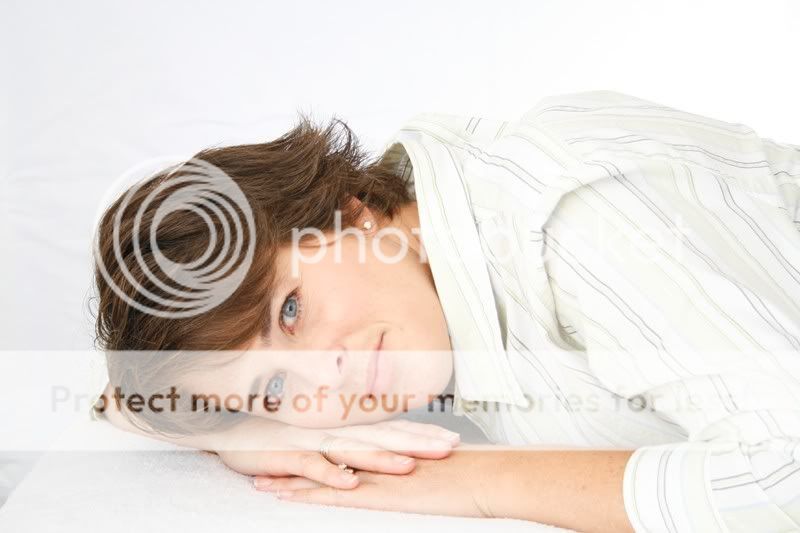rodneyk
TPF Noob!
- Joined
- Nov 20, 2007
- Messages
- 1
- Reaction score
- 0
- Can others edit my Photos
- Photos OK to edit
I'm shooting people on paper backdrop, lighted with bounced 1000w quartz as main and two bounced 600w quartz as backfill with Canon Rebel Xti with f2.8 28-75
I'm having under exposure issues. I want that background WHITE.
What camera settings would suggest? Or what would fix this?
I'm having under exposure issues. I want that background WHITE.
What camera settings would suggest? Or what would fix this?






![[No title]](/data/xfmg/thumbnail/34/34148-864c8cb333c478b2dfb9e369908dc329.jpg?1734164732)






